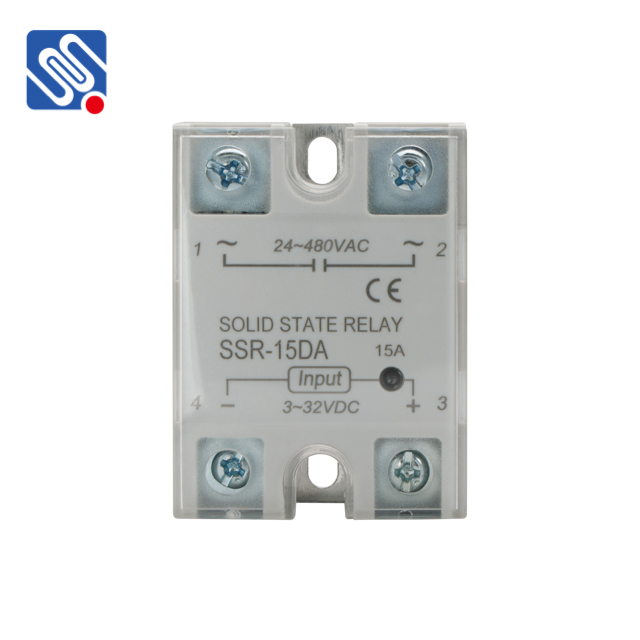Relays are essential components in electrical and electronic systems, commonly used to control circuits by opening and closing contacts under the influence of a control signal. While their design is relatively simple, the longevity and reliability of a relay depend on several factors. Understanding the relay lifespan is crucial for engineers and technicians to ensure the optimal performance of systems that rely on relays. This article explores the key factors that affect relay lifespan, including mechanical and electrical durability, operational environment, and load types.

Mechanical Lifespan vs. Electrical Lifespan One of the primary factors influencing the relay lifespan is the distinction between mechanical and electrical lifespans. These two aspects are related but are not the same. Mechanical Lifespan: Mechanical lifespan refers to the number of times a relay can operate its contacts without a load. This is the cycle count the relay can handle before the mechanical parts, such as the armature and contacts, wear out. Mechanical lifespans are often much longer than electrical ones, with relays capable of millions of mechanical cycles. However, factors like the speed and force of the coil activation, along with the design of the moving parts, can reduce this lifespan.